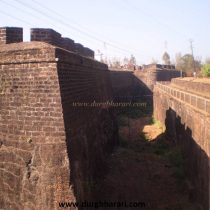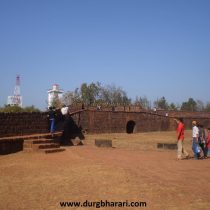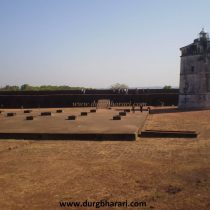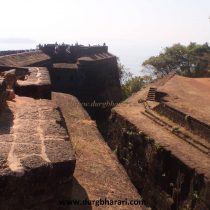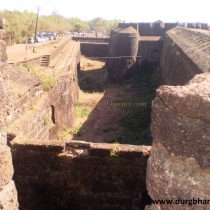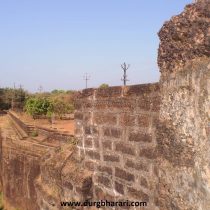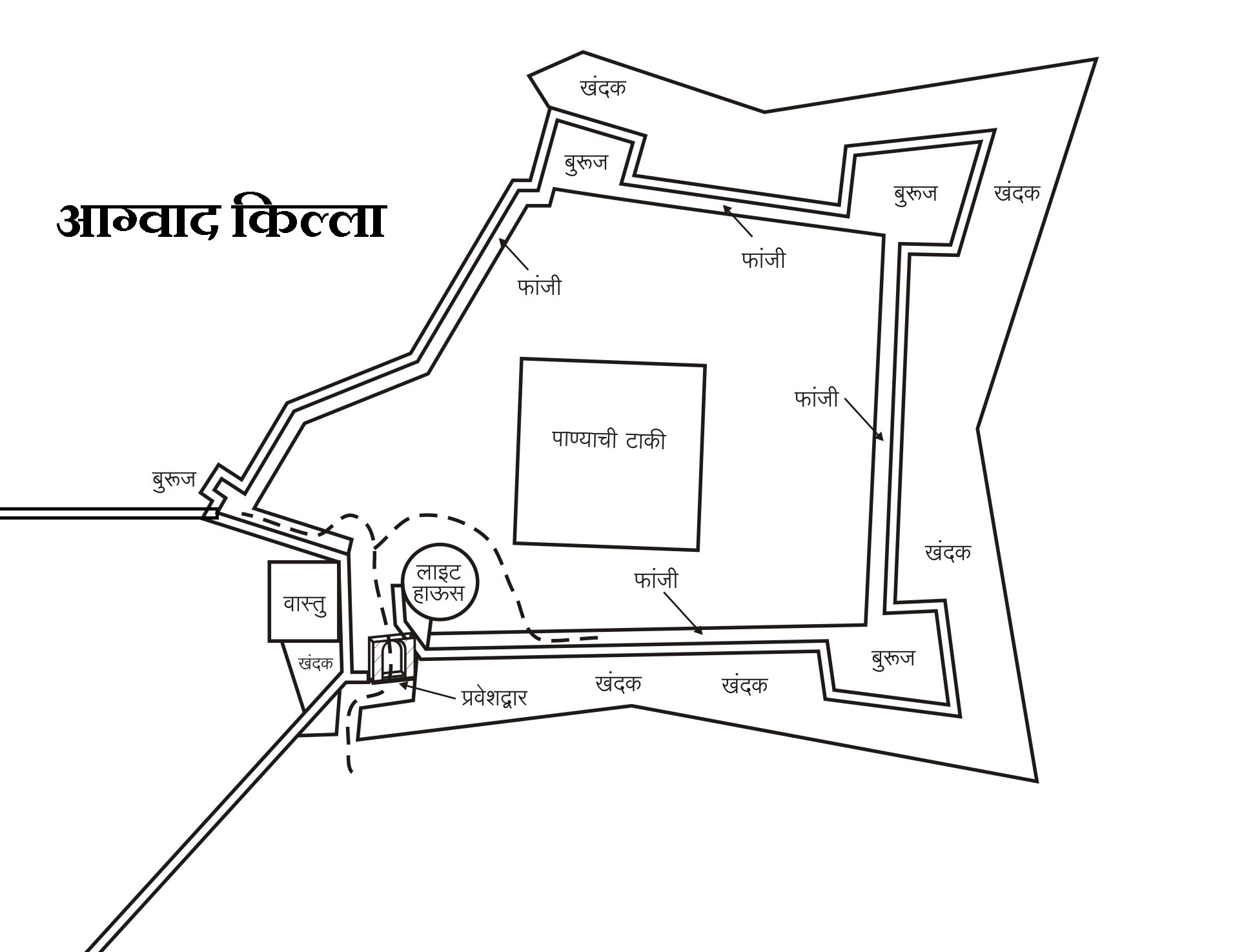AGUAD
TYPE : COASTAL FORT
DISTRICT : GOA
HEIGT : 0
GRADE : EASY
Aguad is a Portuguese word. Aguad means water storage space. During the Portuguese period, more than 24 million gallons of water was being stored here for the ship. The ground tank standing on 17 pillars in this fort was very important at that time. This was the first stop in India for the ships coming from Portugal. This fort and the tank was built by Portuguese to provide water & protection to these ships. Portuguese ships coming to the shore are protected from the fort because the fort can be kept close to the deep sea and all its four sides. This fort built with a red local stone called chira is still standing in the canopy with wind & rain. Continuously for 400 years, this fort was under Portuguese rule.
...
There was no attack on this fort during the Portuguese period. After the liberation of Goa in 1962, the fort joined to the Indian state. compare with a fort in Sahyadri built by black stone this fort looks like boredom. Although the fortification seems to collapse if the canon fires on it still the Portuguese are tasked with keeping an eye on ships coming on the coast of Goa based on this fort. Aguad fort is located on the face of Mandvi river and from here the Mandvi river gets in the Arabian sea. Because of the road up to the fort we can easily reach the fortification wall of the fort. After entering the fort we can see the open ground in fort & there is a tank in the middle of the open ground and the fortification around all four sides. To collect the water in the tank located in the middle of the fort the land in the interior of the fort is constructed with stones and the land has given slope towards the tank. There is no blank land without stone anywhere in the fort and the fort is very clean because the ground is blanketed with stone. This fort is used to store water and ammunition. The ammunition storage room inside the fort is broken heavily but still, their remains can be seen. The stone wall of the fort is still well established. The stone which was removed at the time of constructing a water tank & ditch used for building the fort wall. Near the main door side, we can see the lighthouse tower built in the 16th century. Entry to this tower is strictly prohibited. As we enter inside the doorsteps are leading up to the fortification wall. From the fortification, it is possible to take the round of the whole castle. The length of the fort is 450 x 350 ft and the total area is more than two and a half acres. The walkway on the wall of the fort is four feet wide in some places and in some places it is more than six feet wide. There are five bastions in the fort and no mortar can be seen in the fort. To get additional protection for the fort ditch has been dug by the four sides of the fort. To secure the fort further another fortification has done on a ditch at parallel to the fort. A fortification wall of the fort has gone down up to the sea but this area is not allowed to visit as there is central jail of Goa. On the right side of the fort, we can see the rocky coastline and the seaquarium beach. While rounding on the fortification wall we can see river mandvi on one side & another side the flow of Arabian Sea which can be seen in the vastness of the sea. One hour is enough to take the round of the entire fort. While visiting Goa we must visit this fort which plays an important role while Portuguese ruled on Goa.
© Suresh Nimbalkar

